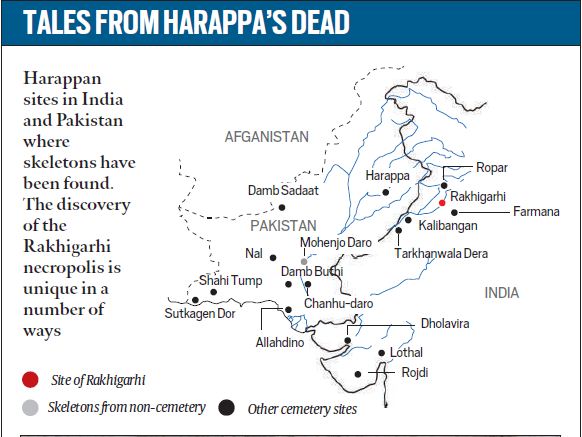7667766266
enquiry@shankarias.in
Why in news?
A Harappan excavation carried out by Archaeologists in Haryana has unveiled a large burial ground.
What is the brief account of Harappan studies?
What is the recent excavation about?

What are the significant findings on Harappan civilization?
Source: Indian Express